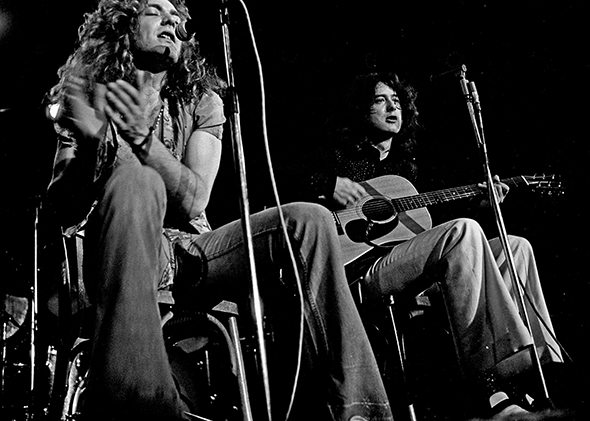
Photo- AI Generated
The Rise of Disco: Exploring the Disco Era
In the 1970s, a cultural phenomenon swept the world, transforming dance floors into glittering havens of rhythm and groove.
11 April 2024
Disco, with its pulsating beats, funky basslines, and shimmering melodies, captured the hearts and souls of millions, becoming more than just a genre of music—it was a lifestyle, a movement, and a symbol of liberation and self-expression. As we delve into the disco era, we uncover a vibrant and electrifying chapter in the history of music and culture.
The Origins of Disco
Rooted in the vibrant music scenes of New York City and Philadelphia, disco emerged as a fusion of funk, soul, and electronic dance music. Influenced by the rhythmic grooves of artists like James Brown and the lush orchestrations of Motown, disco embraced a hedonistic ethos of pleasure, celebration, and escapism. With its upbeat and infectious melodies, disco provided a soundtrack for a generation eager to dance, express themselves, and break free from the constraints of society.
The Discotheque Experience
Central to the disco era was the discotheque, a nocturnal playground where dancers could lose themselves in music, lights, and ecstasy. Clubs like Studio 54 in New York City and Paradise Garage in San Francisco became legendary hotspots, attracting celebrities, socialites, and dancers from all walks of life. With their extravagant décor, lavish parties, and expensive sound systems, these clubs became temples of hedonism and excess, embodying the spirit of the disco era in all its glory.
The Sound of Disco
At the heart of disco music was the "four-on-the-floor" beat—a steady rhythm that propelled dancers onto the floor and kept them moving all night long. Disco songs were characterized by lush orchestrations, and intricate hooks, often featuring string arrangements, horn sections, and funky basslines. From Donna Summer's sultry anthems to Chic's infectious grooves, disco produced a plethora of classics.
Fashion and Style
The disco era was as much about fashion and style as it was about music and dance. Disco fashion embraced extravagance, and glamour, with disco queens and kings donning glittering sequins, platform shoes, and extravagant hairstyles. From bell-bottom pants and halter tops to satin jumpsuits and gold lamé dresses, disco fashion was a celebration of individuality and flamboyance.
Decline of Disco
By the late 1970s, disco had reached its peak, with chart-topping hits, blockbuster movies, and a mainstream acceptance that seemed unstoppable. However, backlash and backlash, fueled by racism, homophobia, and a sense of cultural conservatism, began to emerge. The infamous "Disco Demolition Night" in 1979, where disco records were burned in protest at a baseball game in Chicago, marked the beginning of the end of disco's dominance.
Legacy and Influence
Despite its relatively short-lived reign, disco laid the groundwork for countless genres and movements, from house and techno to hip-hop and electronic dance music. More than just a genre of music, disco was a cultural phenomenon that celebrated diversity and self-expression
The disco era was a time of liberation, expression, and unbridled hedonism—a moment in history when music, fashion, and culture converged to create something truly magical.






